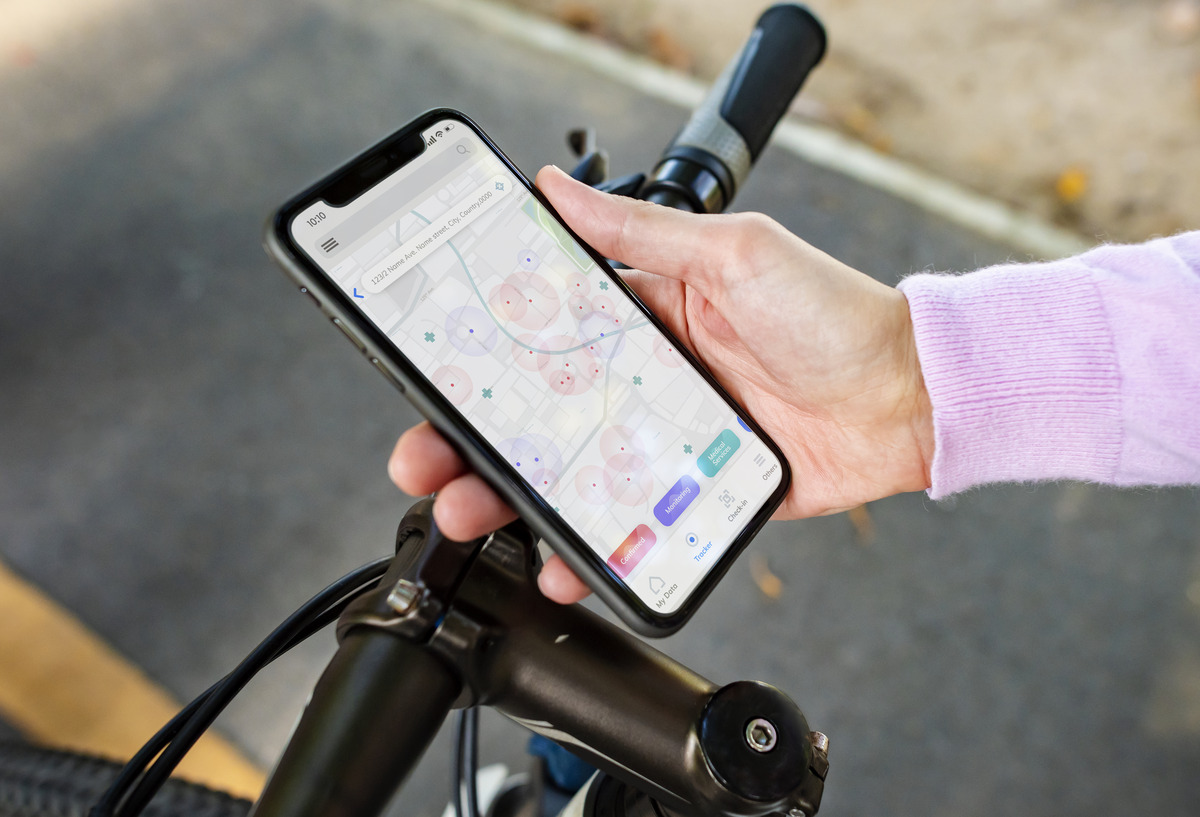As a new smartphone owner, it’s important to take steps to protect your device and the personal information it contains. Here are some common mistakes that you should avoid when using a new smartphone:
Contents
- 1. Not setting a lock screen password or pattern
- 2. Not backing up your data
- 3. Not using secure connections
- 4. Not being cautious when downloading apps
- 5. Not keeping your smartphone up to date
- 6. Not using a screen protector
- 7. Not using a case or protective cover
- 8. Not having insurance for your new smartphone
1. Not setting a lock screen password or pattern
Not setting a lock screen password or pattern is a common mistake that many smartphone users make. A lock screen password or pattern is an important security measure that can help prevent unauthorized access to your smartphone. Without a lock screen password or pattern, anyone who picks up your phone can access its contents. This can include your personal information, such as contacts, messages, and photos, as well as access to any apps or accounts that are logged in on your smartphone.
To protect your smartphone and your personal information, be sure to set a strong, unique password or pattern for your lock screen. Additionally, consider enabling additional security measures, such as biometric authentication, on your smartphone. This can include using your fingerprint, face, or voice to unlock your smartphone, which can provide an extra layer of protection.
2. Not backing up your data
Accidents happen, and smartphones can be lost or damaged. To protect your important data, such as photos, contacts, and messages, be sure to regularly back up your smartphone. You can back up your data to the cloud or to an external hard drive to ensure that it’s safe and accessible in the event of a disaster.
3. Not using secure connections
When accessing sensitive information, such as online banking or shopping sites, be sure to use a secure connection. Look for URLs that begin with “https” and have a lock icon next to them, which indicates that the connection is secure. Avoid using public Wi-Fi networks to access sensitive information, as these networks are often unsecured and can be easily hacked.
4. Not being cautious when downloading apps
Be sure to only download apps from reputable sources, and read reviews and ratings before downloading. Avoid downloading apps that have a lot of negative reviews or that ask for excessive permissions, as these may be malicious. The app store is full of malicious apps that can harm your smartphone and steal your personal information.

To protect yourself, be sure to only download apps from reputable sources, such as the official app store for your smartphone’s operating system. Avoid downloading apps from unknown or untrusted sources, as these apps are more likely to be malicious.
Before downloading an app, be sure to read reviews and ratings from other users. This can give you an idea of the app’s quality and whether it has any known issues or security vulnerabilities. Avoid downloading apps that have a lot of negative reviews or that ask for excessive permissions, as these may be malicious.
5. Not keeping your smartphone up to date
It’s important to regularly update your smartphone’s operating system and apps to ensure that you have the latest security patches and features. When software is updated, it often includes fixes for security vulnerabilities that have been discovered. By keeping your smartphone up to date, you can help protect it against the latest threats.
6. Not using a screen protector
Your smartphone’s screen is vulnerable to scratches and cracks, which can not only affect its appearance but also its functionality. To protect your smartphone’s screen, consider using a screen protector. There are many different types of screen protectors available, including tempered glass, plastic, and film. Choose a screen protector that fits your needs and budget.
7. Not using a case or protective cover
A case or protective cover can help protect your smartphone from damage caused by drops, bumps, and scratches. There are many different types of cases and covers available, ranging from basic silicone cases to rugged, waterproof covers. Choose a case or cover that fits your smartphone and your lifestyle to help keep it safe from harm.
8. Not having insurance for your new smartphone
Not having insurance for your new smartphone can be a mistake, as it leaves your device vulnerable to loss, theft, and damage. Without insurance, you may be responsible for the full cost of replacing your smartphone if it’s lost, stolen, or damaged. So, make sure that you have insurance that covers your phone for things like that.
Mobile phone insurance can provide protection for your smartphone if it’s lost, stolen, or damaged. This type of insurance can cover the cost of replacing your smartphone, as well as additional benefits such as technical support and online backup services. When purchasing mobile phone insurance, be sure to carefully read the policy terms and conditions to understand what is covered and what is not.
To obtain mobile phone insurance, you will typically need to purchase a policy from an insurance provider. You can compare different policies and providers to find one that fits your needs and budget.
By avoiding these common mistakes, you can help keep your new smartphone safe and secure.



